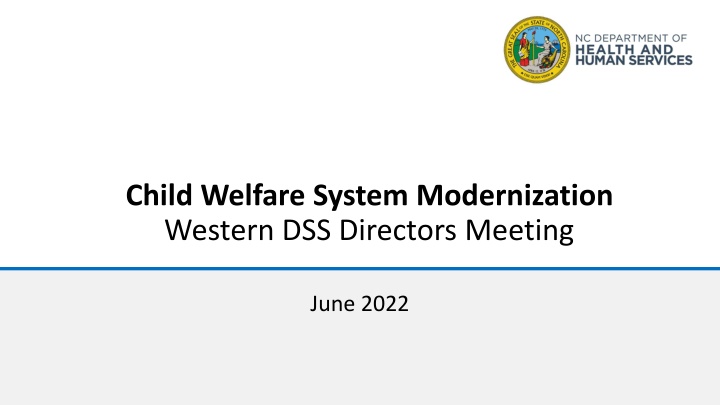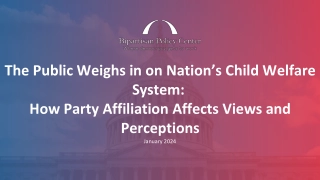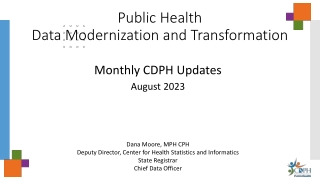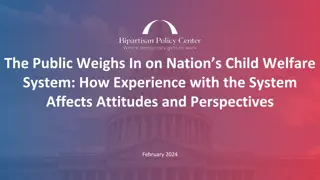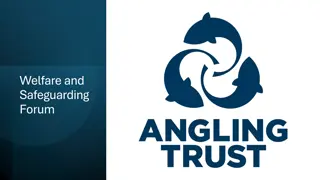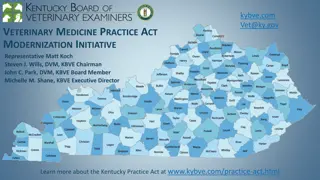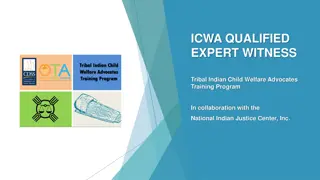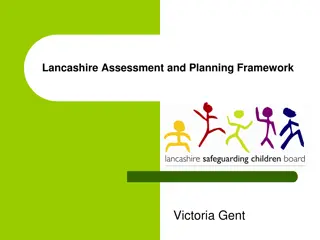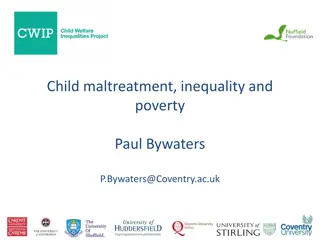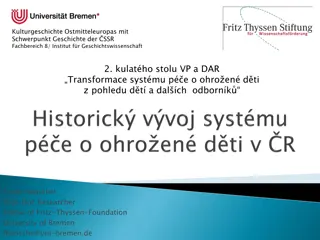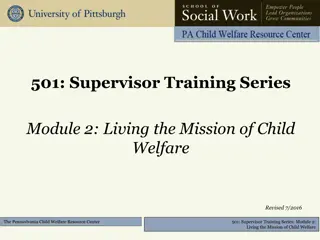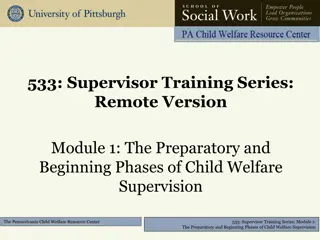Child Welfare System Modernization Overview
The modernization efforts in the child welfare system, including guiding principles, agenda, timeline updates, and key milestones. Learn about the progress made, challenges faced, and future projections in enhancing child welfare services.
Download Presentation

Please find below an Image/Link to download the presentation.
The content on the website is provided AS IS for your information and personal use only. It may not be sold, licensed, or shared on other websites without obtaining consent from the author.If you encounter any issues during the download, it is possible that the publisher has removed the file from their server.
You are allowed to download the files provided on this website for personal or commercial use, subject to the condition that they are used lawfully. All files are the property of their respective owners.
The content on the website is provided AS IS for your information and personal use only. It may not be sold, licensed, or shared on other websites without obtaining consent from the author.
E N D
Presentation Transcript
Child Welfare System Modernization Western DSS Directors Meeting June 2022
Agenda Brief History - Where are we now? CWS Guiding Principles What is different this time? Life of the Case Findings (Intake/Assessment & Ongoing) Procurement Strategy Overview Next Steps & High-Level Timeline Projections
Timeline Where Are We Now? 2019 2015 -2017 2022 2020 2018 2021 -NC DHHS completes segmentation of NCFAST, creating Dedicated Instance for Child Welfare (to serve as foundation for Intake & Assessment modules and to integrate with new technologies) -PED Completes study and makes several recommendations -CWS Governance Committee kicked off -Workgroup develops NC FAST CW business requirements -NCACDSS details concerns with NCF functionality and the impacts -NCGA postpones P4 rollout and calls for PED study of system and RFI regarding improvements or alternatives -DHHS established integrated workplan to coordinate statewide practice model, FFPSA, and technology initiatives -Development begins -Gartner and CWS Core Team (County/State) complete assessment, RFI, and roadmap -DHHS pauses rollout to focus on extensive redesign of Intake and Assessment functionality with 11 pilot counties (Original 5 + expanded pilots) -The Administration for Children & Families (ACF) publishes new CCWIS* guidelines -DHHS developed blueprint to decide on specific strategies and approaches -NC DHHS finalizes go forward CWS procurement strategy -Conditional approval from ACF to move forward with NC FAST for CCWIS -DHHS establishes County/State Child Welfare System Governance Committee -CWS RFP to be approved and released -First version of NC FAST CWS rolled out to 5 pilot counties *CCWIS stands for Comprehensive Child Welfare Information System and involves a set of Federal standards for child welfare systems to gain significant federal financial participation in child welfare technology related procurement and development efforts
What is different this time? Driven by the child welfare program and practice Guided by the needs of child welfare staff County-State partnership and collaborative governance Modern and flexible technology architecture (modularity, API ecosystem) Modern processes and methodology (moving to Enterprise Agile) Product management vs. Project management County-experienced leadership and staff in key positions New ACF/CB State Systems Reps with experience in county-administered states
Life of the Case (LoC) Overview Worked with County SMEs to evaluate what is needed and what gaps exist between what has been developed and what our desired future state is Contextualized current and future investments across multiple characteristics, including: o Structure o Complexity o Timeline o Data / Information o SME / County Social Worker input Findings Supporting Procurement Strategy: o Investments in technology for Intake & Assessment can successfully be leveraged as part of future state system (with improvements and augmentations to the Dedicated Instance) o New technology is needed to meet the needs for ongoing case management (Family Services Agreement, Family In-Home, Foster Care, etc.) o Decision support, information, and data must be seamlessly integrated across all modules
What are we procuring? A Prime Contractor Systems Integrator (PCSI) vendor responsible for o A case management framework through an integrated platform o User research & human-centered design services o Enterprise Agile Application configuration & development services o Data conversion & migration services o Platform development and architectural runway o Organizational change management, communications, readiness, deployment, and training services o Managed Cloud Services o Data Governance and Business Intelligence (BI) Services (Reporting, Dashboards, & Analytics)
Case Management Framework through an Integrated Platform Unlike traditional packaged commercial off the shelf (COTS) applications, the framework approach is not intended to meet all needs out-of-the box Additionally, this approach is not meant to involve heavy coding and/or highly complex custom development o Many modern frameworks have reusable capabilities and feature sets that can be easily and quickly configured to the users specific needs and processes, ensuring high system usability The approach is easier and less expensive to maintain than a COTS or a traditionally coded application, while also providing a greater degree of flexibility and responsiveness to NC s Child Welfare Program needs There may be modules or sub-sets of the CWS where specific COTS applications do provide best-in-breed features Such applications could be used as plug-ins in NC s future-state CWS. and the PCSI vendor would ensure that any such COTS application would be integrated with the case management framework that they bring forward
What are we procuring? (Continued) Leverage New Technology for Enhancements and Augmenting Capabilities (e.g., Mobility, Content Management, Dashboards) Leverage New Technology for Core Functionality Leverage Existing Technology for Core Functionality Child Welfare Information System Functional Area Intake Assessment Ongoing Case Management Placements / Living Arrangements Recruitment / Licensing IV-E and Financials Interfaces / Provider Portals X X X X X X X X X X X X X X
Prime Contractor Systems Integrator (PCSI) A PCSI brings forward, manages, and integrates a team of service providers and technologies to deliver a comprehensive solution. NCDHHS is looking for a best-in-class technology approach leveraging a team of partners under the PCSI. The PCSI model will establish a single vendor responsible and accountable for the future state CWS, without limiting our options around capabilities
Important PCSI Vendor Considerations Knows Child Welfare for a State-Supervised and County-Administered State Demonstrated Ability to bring and Integrate Multiple Partners and Technologies Proven Ability to Enable a Seamless and High-Quality User Experience Effective and Efficient CW System Configuration and Development Approach High quality planning that includes the leveraging State and County SMEs
Procurement Effort & Implementation Notional Timeline Mid-2022 Late 2022 2024 Early/Mid 2023 Phased rollout of new ongoing capabilities Phased rollout of improved I&A Release RFP PCSI Vendor Onboarded This timeline is not final or approved. It will be adjusted based on feedback from stakeholders, the level of resourcing procured, and the progression of the procurement process. PCSI Vendors will be asked to provide a product roadmap (a high-level draft roadmap will be provided in the RFP and the standardized response template) 12
